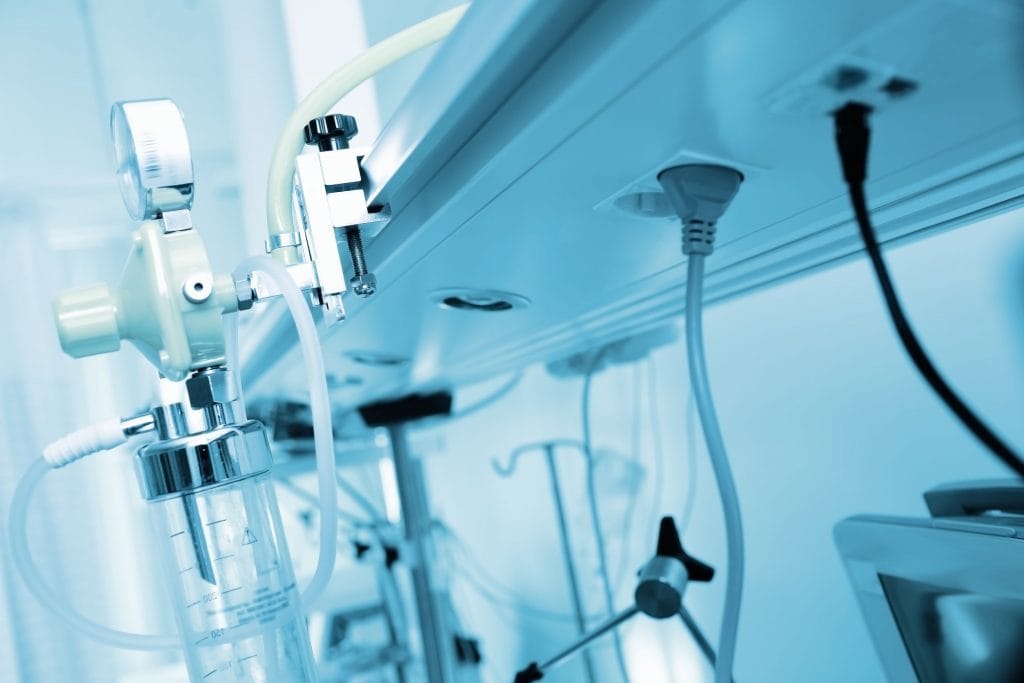
At the national level, medical device safety is a significant issue. Tami Nadu is no exception.
“A medical ventilator can be life-saving when a person can’t breathe properly or when they can’t breathe on their own at all,” Healthline reports. Yet in Tamil Nadu’s hospitals, a shocking number of the devices may not be fit for purpose, potentially pointing to a medical device safety crisis in the state.
On average, just one in five ventilators in the state have been certified by biomedical engineers as being safe. This endangers the lives of patients. Even more concerningly, medical equipment safety is not just lacking when it comes to ventilators. The Centre for Calibration and Testing of Medical Equipment (CCTME) of the National Hub for Healthcare Instrumentation Development (NHHID) in Anna University surveyed more than 12,000 medical devices in more than 250 hospitals and found that medical device safety is sorely lacking on multiple fronts ranging from ventilators to defibrillators to dialysis to electrocardiograms.
All told, the survey found that 35 percent of the devices used in the hospitals covered failed to meet adequate calibration readings. Direct365 notes “medical equipment testing and calibration is the act of ensuring that all medical equipment is in full working order, and is calibrated to a known standard so as to ensure that the reading/result/functionality of the item is accurate at the point of delivery to a patient.” For patients, lapses in medical device safety can mean the difference between life and death. As such, the findings of the survey point to a major issue in healthcare delivery in Tamil Nadu.
“Some faulty machines had stickers saying they were checked,” commented G Srinivasa Raja of the CCTME. “In other hospitals manufacturers had issued calibration certificates for their devices without testing. Hospital managers are not aware of the ramifications of a poorly calibrated medical equipment.”
The effects of faulty equipment cannot be understated. As pointed out by K. Sankaran, a professor of eminence at NHHID and national network consultant, “effects of these can be catastrophic. A doctor prescribes certain level of oxygen outflow from the ventilator based on some calculations. If the supply is lower, it can cause serious damage or death.”

